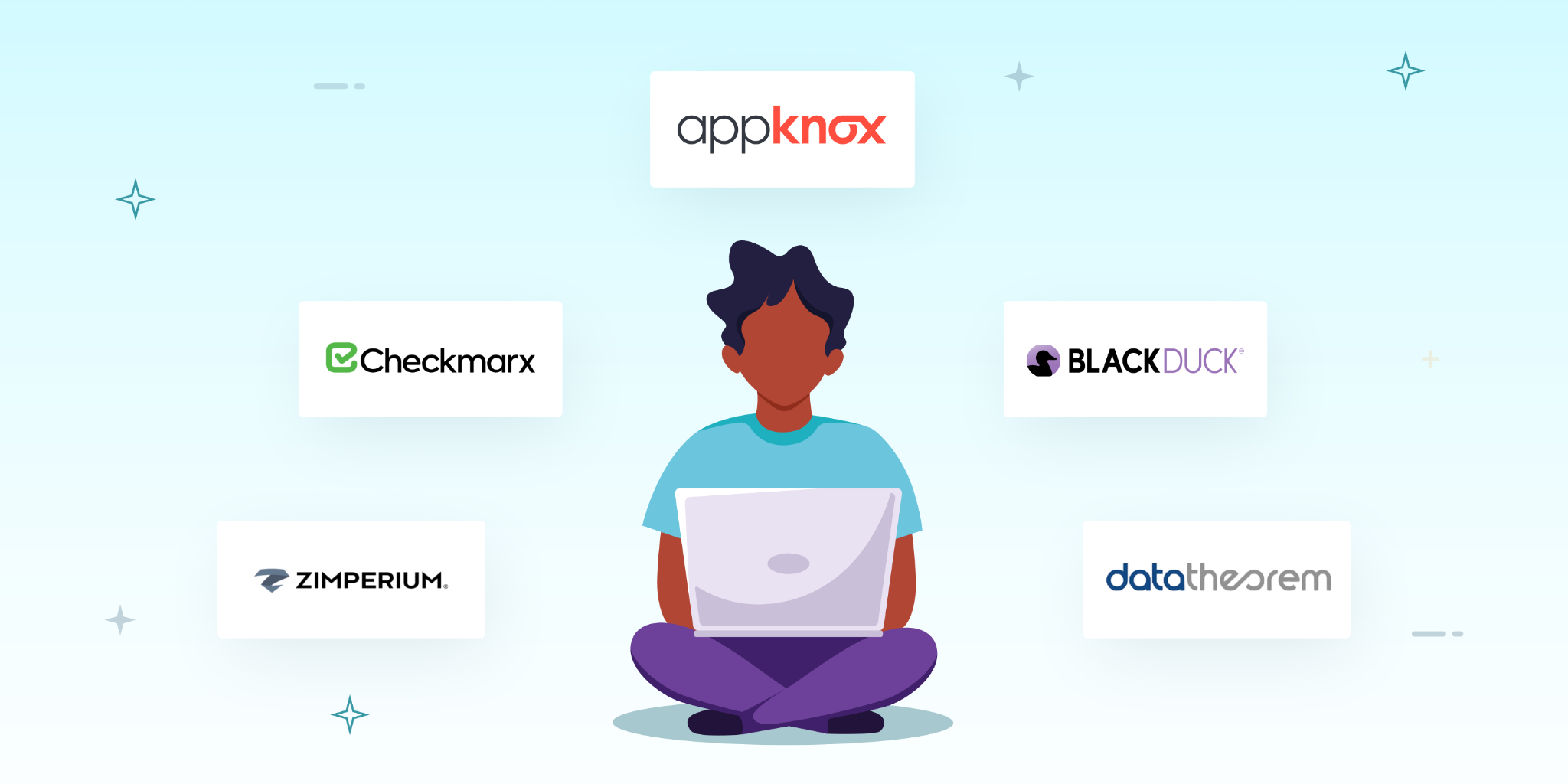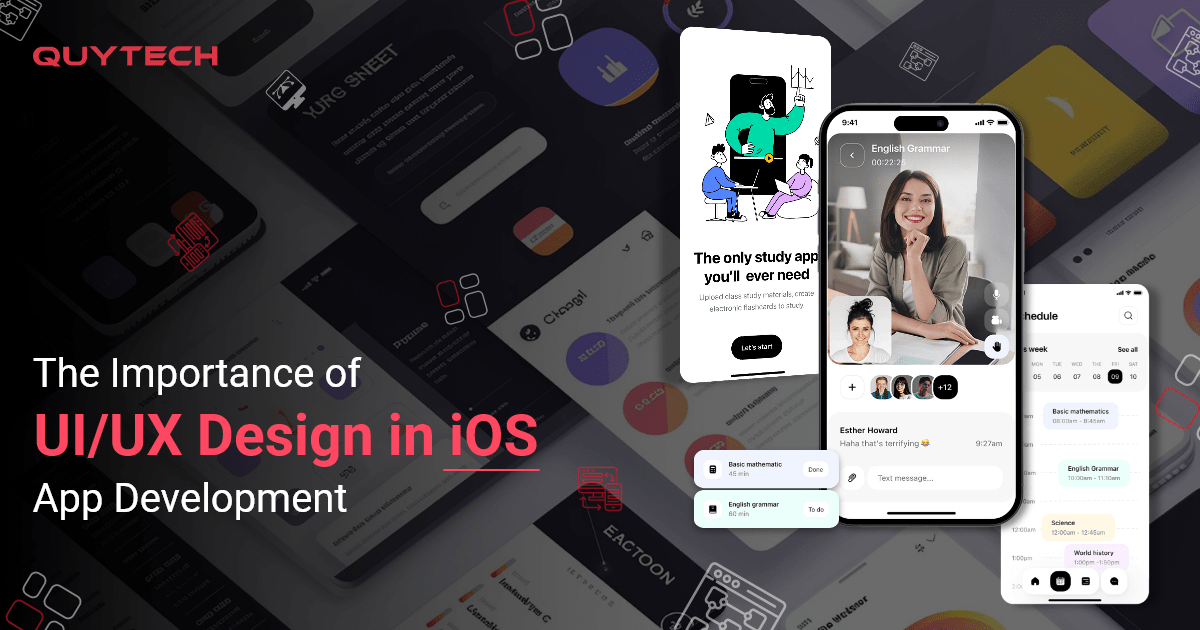Mobile apps have become an integral part of our daily lives, and the app industry is growing at an unprecedented pace. According to Statista, mobile apps are projected to generate over $935 billion in revenue by 2023. While designing and developing a mobile app takes time and resources, monetizing it can be a daunting task. With millions of apps available in the app stores, standing out from the competition and generating revenue requires a well-planned strategy. In this article, we’ll explore various strategies that can help you monetize your mobile app successfully.
From in-app purchases and subscriptions to advertisements and sponsorships, we’ll cover the pros and cons of each method and help you decide which approach is best suited for your app. Whether you’re a seasoned app developer or just getting started, these tips will help you turn your app into a profitable venture. So, let’s dive in and discover how to monetize your mobile app like a pro!
Why monetizing your mobile app is important
Monetizing your mobile app is essential if you want to generate revenue from your hard work. While some developers may create apps for fun or as a hobby, most app developers want to make money from their apps. Monetizing your app can help you cover the costs of designing and developing your app, as well as provide a source of income for ongoing maintenance and updates. Additionally, monetizing your app can help you grow your business and reach a wider audience. By generating revenue, you can invest in marketing and advertising, which can help you attract more users and increase your app’s visibility in the app stores.
However, monetizing your mobile app is not as easy as it sounds. With millions of apps available in the app stores, competition is fierce, and users have high expectations. To monetize your mobile app successfully, you need to offer value to your users and provide a seamless user experience. You also need to choose the right monetization strategy for your app based on your target audience, app category, and user behaviour. In the following sections, we’ll explore different monetization strategies for mobile apps and help you choose the best approach for your app.
Different monetization strategies for mobile apps
There are several ways to monetize your mobile app, and each strategy has its pros and cons. The most common monetization strategies for mobile apps include in-app purchases, subscriptions, advertising, and sponsorships. Let’s take a closer look at each strategy and how it works.
In-app purchases: how they work and when to use them
In-app purchases are a popular monetization strategy for mobile apps, especially for games and entertainment apps. With in-app purchases, users can buy virtual goods, upgrades, or premium content within the app. In-app purchases can be one-time purchases or recurring subscriptions, and they can be used to unlock features, remove ads, or access exclusive content.
To implement in-app purchases, you need to integrate a payment system into your app, such as Apple’s App Store or Google Play’s In-app Billing. You also need to design your app in a way that encourages users to make purchases without feeling pressured or annoyed. For example, you can offer a free trial of your premium features or provide a limited-time discount on virtual goods.
In-app purchases work best for apps that offer engaging and addictive content, such as games, social media, or dating apps. However, in-app purchases can also be used for productivity or utility apps that offer premium features or services. The key is to offer value to your users and provide a seamless payment experience.
Subscriptions: pros and cons and best practices
Subscriptions are another popular monetization strategy for mobile apps, especially for news, media, or content-based apps. With subscriptions, users pay a recurring fee to access premium content or services within the app. Subscriptions can be monthly, yearly, or custom intervals, and they can offer different levels of access or benefits.
To implement subscriptions, you need to integrate a payment system into your app, such as Apple’s App Store or Google Play’s In-app Billing. You also need to provide compelling content or services that justify the subscription fee and offer different pricing tiers based on the user’s needs.
Subscriptions work best for apps that offer high-quality and exclusive content, such as news, magazines, or streaming media. However, subscriptions can also be used for productivity or utility apps that offer premium features or services. The key is to offer value to your users and provide a seamless payment and cancellation experience.
Advertising: types, formats, and revenue models
Advertising is a popular monetization strategy for mobile apps, especially for free apps that don’t charge users for downloads or usage. With advertising, app developers earn revenue by displaying ads within the app. Ads can be displayed in different formats, such as banners, interstitials, videos, or native ads, and they can be targeted based on the user’s behaviour or demographics.
To implement advertising, you need to integrate an ad network or ad mediation platform into your app, such as AdMob or Facebook Audience Network. You also need to design your app in a way that doesn’t interrupt the user experience or annoy the user with too many ads. For example, you can limit the frequency or duration of ads or offer a premium version of the app that removes ads.
Advertising works best for apps that have a large user base and a high engagement rate, such as social media, gaming, or news apps. However, advertising can also be used for productivity or utility apps that have a specific niche or target audience. The key is to offer value to your users and provide relevant and non-intrusive ads.
Sponsorships: finding the right partners and negotiating deals
Sponsorships are a less common but effective monetization strategy for mobile apps, especially for niche or specialized apps. With sponsorships, app developers earn revenue by partnering with brands or businesses that want to reach their target audience through the app. Sponsorships can take different forms, such as product placement, sponsored content, or promotional events.
To implement sponsorships, you need to identify potential partners that share your app’s values and target audience. You also need to negotiate a mutually beneficial deal that aligns with your app’s mission and goals. For example, you can offer sponsored content that provides value to your users while promoting the sponsor’s brand or product.
Sponsorships work best for apps that have a specific niche or target audience, such as fitness, travel, or education apps. However, sponsorships can also be used for broader apps that have a loyal and engaged user base. The key is to offer value to your users and provide a seamless integration of the sponsor’s brand or product.
Combining monetization strategies: how to maximize your revenue
While each monetization strategy has its benefits and drawbacks, combining different strategies can help you maximize your revenue and reach different types of users. For example, you can offer in-app purchases for virtual goods or premium features, subscriptions for exclusive content or services, advertising for non-paying users, and sponsorships for targeted promotions or events.

However, combining monetization strategies requires careful planning and testing to ensure that the user experience is not affected, and the revenue streams are optimized. You also need to track and analyze key metrics, such as user engagement, retention, and revenue per user, to identify which strategies work best for your app and adjust them accordingly.
Key metrics to track and optimize your app’s monetization
To monetize your mobile app successfully, you need to track and optimize key metrics that reflect your app’s performance and revenue. Some of the most important metrics for mobile app monetization include:
- User acquisition: how many users download and install your app
- User retention: how many users keep using your app over time
- Engagement: how often and for how long do users interact with your app
- Revenue per user: how much money each user generates for your app
- Conversion rate: how many users make a purchase or subscribe to your app
- Churn rate: how many users cancel their subscription or delete your app
By tracking and optimizing these metrics, you can identify areas of improvement and adjust your monetization strategy to meet your goals and user needs.
Common mistakes to avoid when monetizing your mobile app

Monetizing your mobile app is not an easy task, and many app developers make common mistakes that can hurt their revenue and user retention. Here are some common mistakes to avoid when monetizing your mobile app:
- Overloading users with ads or in-app purchases
- Offering low-quality or irrelevant content or services
- Ignoring user feedback or complaints
- Failing to provide a seamless payment or cancellation experience
- Neglecting to test and optimize different monetization strategies
- Failing to disclose how user data is used or shared with third parties
- Forgetting to comply with app store guidelines or regulations
By avoiding these mistakes, you can ensure that your app’s monetization strategy is ethical, user-friendly, and profitable.
Conclusion: tips for successful mobile app monetization
Monetizing your mobile app is a crucial step in turning your app into a profitable venture. By choosing the right monetization strategy for your app, providing value to your users, and optimizing your revenue streams, you can generate revenue and grow your business. Here are some tips for successful mobile app monetization:
- Understand your target audience and user behaviour
- Choose the right monetization strategy based on your app category and goals
- Offer value to your users and provide a seamless user experience
- Test and optimize different monetization strategies to find the best fit
- Track and analyze key metrics to identify areas of improvement
- Avoid common mistakes that can hurt your revenue and user retention
- Stay up-to-date with app store guidelines and regulations
By following these tips, you can monetize your mobile app like a pro and achieve your business goals. Good luck!





















Discussion about this post